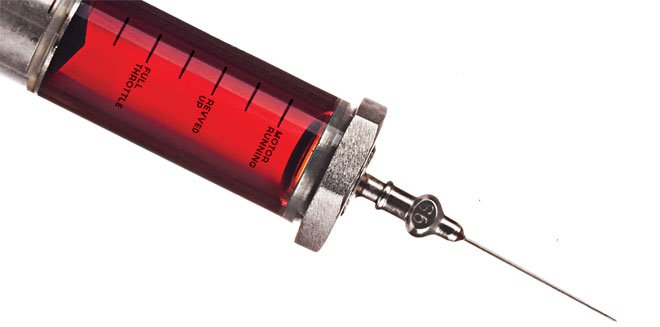Most people are able to get enough vitamin B12 through their diet. But some people have severe deficiency and may have to get their B12 through an injection. The dificiency can be caused by conditions such as digestive issues, serious infection or cancer. Common symptoms of B12 deficiency are upset stomach, anemia, and nerve damage. Although the injection is often undertaken by a healthcare professional, it can also be self-administered. Read on to learn how to give a B12 shot.

Precautions to Know Before Giving Vitamin B12 Injection
If deciding to self-administer a B12 injection, an individual should consult a doctor or pharmacist.
- Certain medical issues such as gout, low potassium, folic acid and iron deficiencies, eye problems and blood disorders, could make it unwise to take the injection.
- B12 injections often have inactive ingredients such as cobalt which may cause allergic reactions in some individuals. Another potentially problematic inactive ingredient is aluminum, which if allowed to build up in the body, can cause serious problems including muscle weakness, cognitive issues and bone problems. Aluminum can be more of an issue in those whose kidneys aren’t functioning properly.
- B12 may interact with other medications or supplements you may already be taking. For example, if you are on anything that affects blood cell production or take nutritional supplements, you should not get a B12 injection until you’ve discussed it with your doctor.
- Since B12 injections may result in risks to unborn babies, a pregnant women should only get a B12 injection after consulting with her obstetrician so that all of the benefits and risks can be thoroughly considered and weighed against each other. B12 may also be passed into breast milk, so be sure to consult the doctor before using it.
Select the Injection Site and Injection Method
How to give a B12 shot? First, you need to select appropriate injection site and method.
Injection Site
There are four areas that are best for receiving a B12 injection. Regardless of which injection location is chosen, a doctor should make the first injection to monitor any problems that might occur.
- The first possible location is the buttocks, or more specifically, the Dorsogluteal. However, you have to be very careful because the sciatic nerve and many blood vessels are located in this general area. If the injection is improperly placed, it can cause serious problems.
- A second location is deltoid muscle in the upper arm. This site should only be used in those with well-developed deltoid muscles and when the B12 dosage is 1mL or less.
- The third location is the outer hip. The side of the body below the hip bone is an ideal injection location because there are no significant nerves or blood vessels that could be damaged or cause pain during an injection.
- The fourth and final location is quadriceps muscle in the thigh. The thigh is also a good location because of the muscle and fat located in this area. In addition, the place is easy to administer self-injections.
Injection Method
Exactly how to give a B12 shot will also depend on which injection method is chosen. Two primary methods are the subcutaneous and intramuscular methods.
- The subcutaneous method deposits the B12 dose below the skin, but above the muscle. In order to do this injection, the needle must be inserted into the body at a 45 degree angle. Due to the difficulty of this injection method, it is not commonly used. If using the subcutaneous method, the ideal site for the injection is the upper arm.
- The intramuscular method is the most common way and the B12 is injected directly into the muscle where it can be immediately absorbed by the body. With this method, an individual should insert the needle perpendicular to the skin; then slightly pull back the plunger to see if any blood is drawn up. If blood is observed, then the needle has pierced a blood vessel and another injection site should be found. If no blood is observed, the plunger should be slowly pushed until all of the B12 is injected into the muscle.
Steps to Give a B12 Shot
The following show you how to give a B12 shot step by step.
- Step 1: Gather the following supplies: cotton balls, syringe, the B12 solution, rubbing alcohol, gloves and a new hypodermic needle. Make sure all supplies are clean and sterile, and wash your hands before beginning the injection.
- Step 2: Using the rubbing alcohol and cotton balls, disinfect the injection site and B12 solution vial and allow to dry.
- Step 3: Open the hypodermic needle. Turn the bottle of B12 solution upside down and insert the needle into the bottle. Pull back the plunger to fill the syringe with the desired dosage.
- Step 4: Remove the needle from the vial and hold it with the needle pointing up. Gently push on the plunger and lightly flick with your finger to remove any air bubbles.
- Step 5: Using your free hand, pull the skin where you intend to inject, so that it is tight and not loose. This will make the injection easier.
- Step 6: Insert the hypodermic needle and pull back the plunger to make sure no blood is drawn in. If there is no blood, slowly depress the plunger until the entire B12 dosage is injected.
- Step 7: Remove the needle at the same angle of injection. Then immediately place a cotton ball on the site to stop bleeding.
- Step 8: Dispose the needles, cotton balls, and syringe into a puncture proof disposal container.
